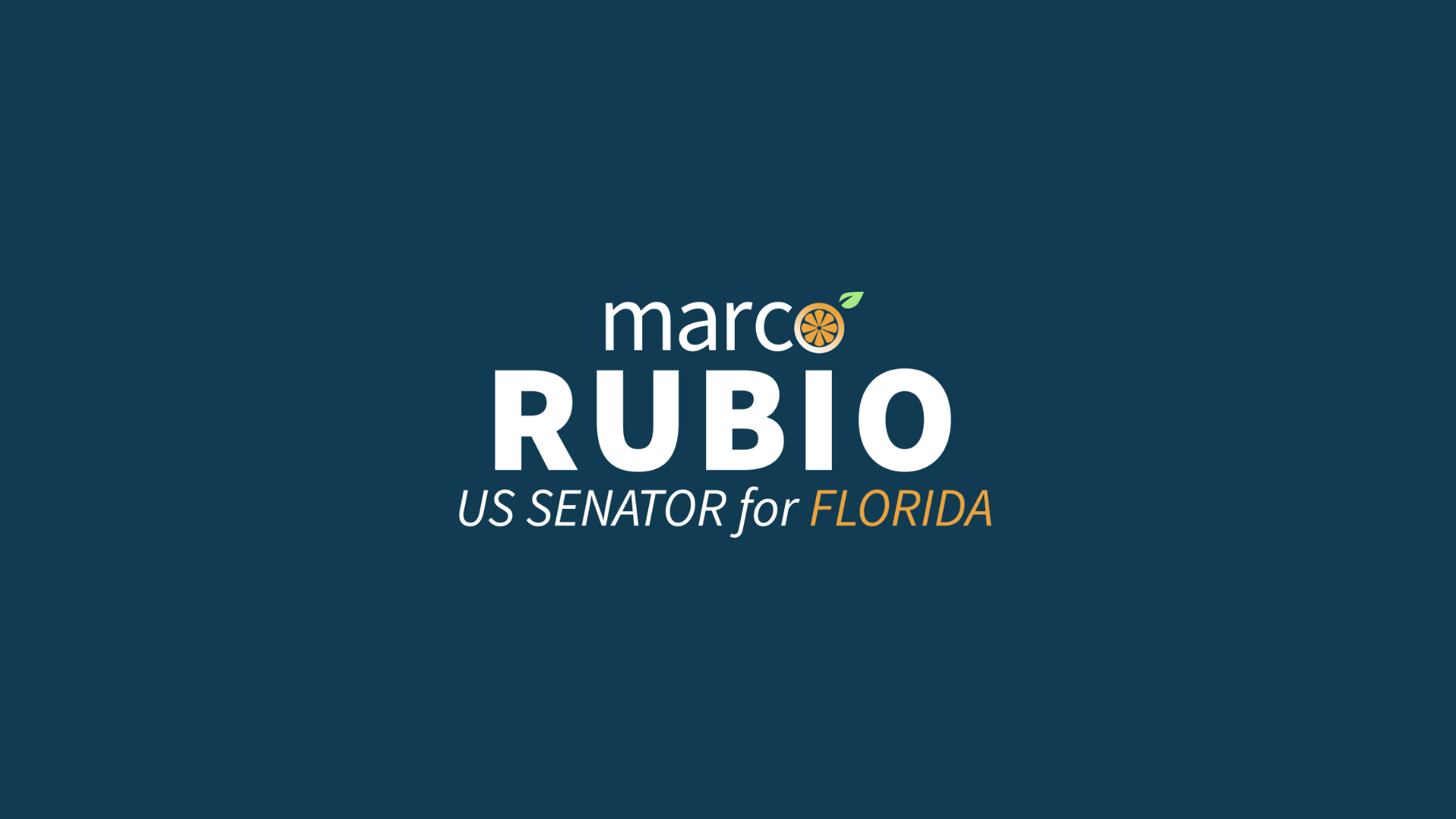Source: United States Senator for Florida Marco Rubio
Restore the Everglades to protect our drinking water — and Florida’s future
By U.S. Senator Marco Rubio (R-FL) and Miami-Dade County Mayor Daniella Levine Cava
November 16, 2021
Miami Herald
Water is foundational to our way of life in South Florida, but for decades we have struggled to balance dynamic economic growth with essential restoration efforts. Restoring freshwater flows from western Miami-Dade County to Biscayne Bay is not some feel-good restoration project. Instead, it is critical to protecting the integrity of our sole source of drinking water, the Biscayne aquifer, and rehydrating coastal wetlands that are vital to a sustainable and resilient future for South Florida. These natural assets protect our communities from sea level rise and support the viability of our tourism and recreation-based economy.
…
For decades, restoring freshwater flows to Biscayne Bay may have seemed like a pipe dream. But we are now closer than ever to making this dream a reality, thanks to a new project planned by the U.S. Army Corps of Engineers and the South Florida Water Management District.
The project, named the Biscayne Bay and Southeastern Everglades Ecosystem Restoration project (BBSEER), is part of the Comprehensive Everglades Restoration Plan (CERP). Long names and acronyms aside, the goal is to restore freshwater flows to the wetlands along Biscayne Bay, improve the area’s resilience to sea level rise, and ultimately protect the Biscayne aquifer.
Earlier this month, the BBSEER project delivery team unveiled the first details of alternative plans. The plans are intended to store fresh water for use during the dry season and propose a number of conveyance and redistribution strategies to manage water resources. Notably, several proposals recommend using the Bird Drive Basin north of Tamiami Trail for water collection and storage, and using the C-102 canal and adjacent wetlands to send that water into Biscayne Bay. For years we have said that the Bird Drive Basin is our only viable option for sending sufficient volumes of new water to the southeastern Everglades and Biscayne Bay to protect the aquifer.
The writing on the wall is clear: We could never adequately protect the Biscayne aquifer or the bay if we allowed the Bird Drive Basin wetland to be developed. That is why we oppose the misguided proposal to extend the 836 State Toll Road directly through the wetlands. Unfortunately, the toll road extension is not the only unsound effort standing in the way of restoration. Some want to extend the Urban Development Boundary (UDB) to construct a massive industrial warehouse district near Biscayne Bay. Doing so will threaten the aquifer, as the lands in this area are exceptionally vulnerable to flooding, storm surge and sea level rise. The UDB expansion, if approved, will ultimately limit our ability to send water through the C-102 canal for wetland restoration near Biscayne National Park, where freshwater is needed the most.
…
Even if we assume the dubious claims made by developers are true — that alleviating traffic and providing economic growth are only feasible if they are allowed to develop these vital areas, rather than simply placing these developments in other viable locations that aren’t critical to restoration efforts — these assertions must still be weighed against the need to protect South Florida’s drinking water, the resilience of our communities and the sustainability of our economy. The reality is that we have one chance to get this right.
New infrastructure in South Florida should facilitate Everglades restoration and improve climate resilience, instead of obstructing it. We must continue to oppose any extension of the UDB near Homestead and the proposed 836 toll road extension. South Florida will continue to grow, but development cannot jeopardize Everglades restoration or our access to reliable drinking-water sources.
It is far too important to ensure that future generations can prosper, live in resilient communities and benefit from our natural resources.
Read more.
